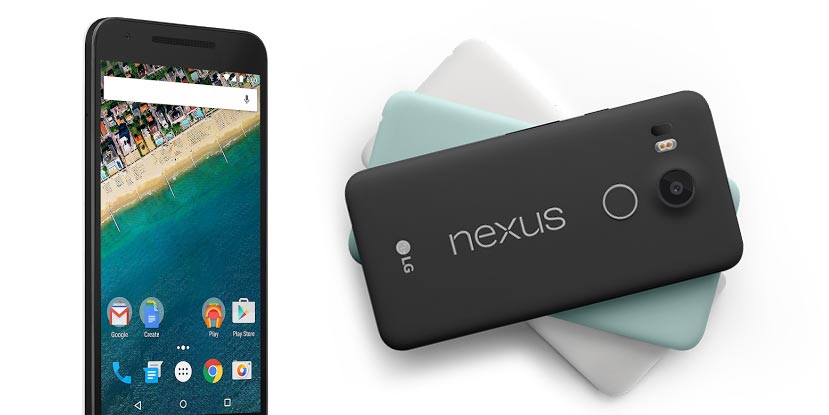The 2013 Nexus 5 was a significant phone. Top of the line specs at half the cost of other flagships? You can’t really go wrong with that recipe and it showed. The Nexus 5 was a favourite with everyone and sometimes, it was difficult to get with stocks running out too soon. It had its faults like every other phone out there, but many, including me, felt that they could live with them.
The Nexus 6 was supposed to be the successor to the Nexus 5. Except, it was as expensive as other flagships, humongous and generally not the iconic phone the Nexus 5 was. It didn’t really seem like the successor to the Nexus 5 and Google acknowledged that. For months now, we have been hearing about the Nexus 5X thanks to a relentless torrent of leaks (almost too many). And now that Google has made the device official, I figured it’s time to take a close look at the true successor of the Nexus 5.
The first major improvement, which Google focused on quite heavily in their event, is the new camera setup. The cameras on the previous Nexii have been average at best and Google says it’s solved this problem. The pictures they showed off certainly looked fantastic but I’m going to wait until the camera on the phone is put through its paces. If nothing else, we can be sure that the camera is bound to be better than the Nexus 5. It’s been two years after all.
Another major new feature is the fingerprint scanner on the back of the phone. While the back might seem like an odd place to put the scanner, it makes perfect sense when you use your index finger instead of your thumb. Nexus Imprint, as it’s called, will apparently require up to just 600 ms to detect your finger, validate it and unlock your device. That’s impressive indeed. It can also be used to authorize mobile payments with Android Pay and developers can take advantage of the scanner for their apps.
Apart from these major features, the spec sheet of the Nexus 5X is pretty standard. It’s packing a Snapdragon 808, the same chip inside the Moto X Style/Pure and the LG G4. While not top of the line, it is certainly more than enough. The phone also has 2 GB of RAM, which has some people disappointed. The screen size has been bumped up to 5.2″ from 4.95″, but the resolution remains the same at 1080×1920. The Nexus 5X gets its juice from a 2,700 mAh battery. The Nexus 5 had its fair share of battery problems, but without testing, we can’t really conclude anything about the Nexus 5X’s battery life.
So, is it worth upgrading from the Nexus 5? It might be two years old but it’s going fine for me and everyone else I know. Sure, the camera isn’t that great and the battery life also leaves a bit to be desired, but even two years later, the Nexus 5X feels more like an incremental update, at least on paper. But, if you have to update, the Nexus 5X might be the best phone for you right now. It isn’t missing any core components and once again, Google has kept it reasonably affordable. The Nexus 5X starts at $379 and at that price range, you basically just have the OnePlus Two and the Moto X Style/Pure. Personally, I’m waiting for Marshmallow to come out next week before deciding.
Are you upgrading from the Nexus 5 to 5X? If so, why, if not, why not? Let us know in the comments below, or on Google+, Twitter, or Facebook.
Last Updated on November 27, 2018.











Comments are closed.